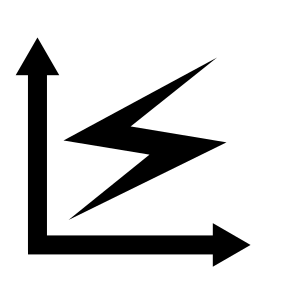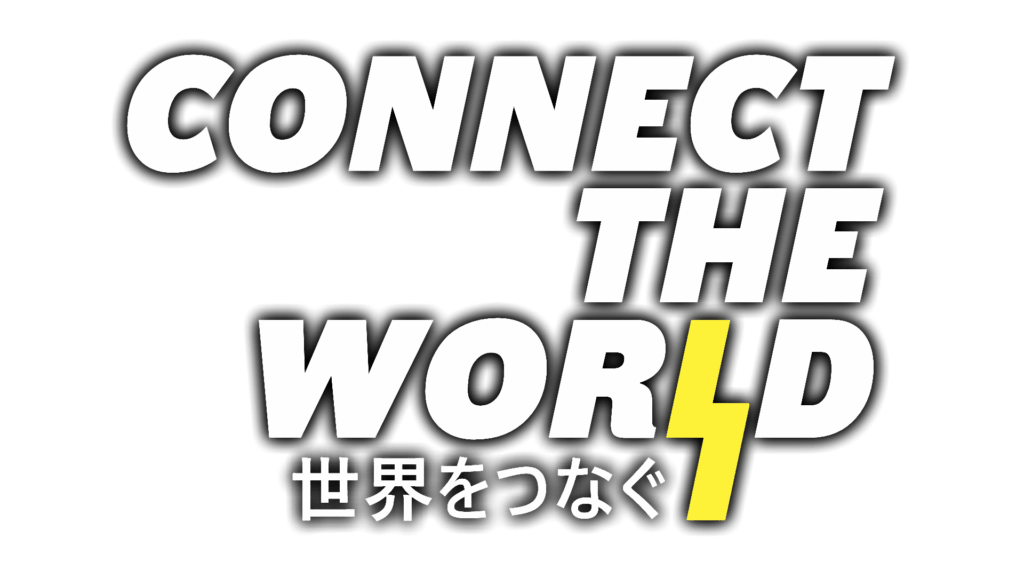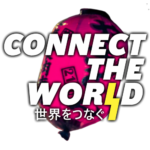
Smallworlnd | Connect the World
Data is everything!
This week, Episode 11, we talk with Smallworlnd about his project and website lnnodeinsight.com. It’s an easy-to-use interface for anyone to explore and understand all the Lightning Network features.
On the website Node operators can check a lot of metrics about their node. For example, the channel simulators which allows you to see how a potential channels can change the position of your node in the LN.


Lnnodeinsight.com
You came up with the lnnodeinsight.com website, what was your original idea of this?
In the spirit of Bitcoin, I wanted to provide an easy-to-use interface for anyone to explore and understand for themselves the features of the LN.
Can you give us some numbers about the traffic to your website and which pages are most visited?
Several hundred users leverage the website on a “regular” basis, and the channel simulator is the most used tool.
What variables do you use the most with your own chartz?
I use all charts to some extent, which is why they are there in the first place. I figured if I found use in them, then someone else would. I really like the charts in the balance simulator because they pack the most amount of information for me to digest.
You’re all about data! Can you share some fun numbers from nodes within the Lightning Network?
Most nodes adopt a fee structure based on channel balance. Most nodes charge very little, <250ppm, to push liquidity. More than 50% of all nodes on the LN only have 1 or 2 channels, with a median channel capacity of 70k sats, which means the bulk of the total public network capacity is in <10% of nodes.
Many of our members use lnnodeinsight.com for more insight and to really get started with running a successful routing node!
What do you think about the Ring of Fire concept? How can it help node operators and what more do they need?
It’s a great concept! I’m currently a member of a few rings. It’s a nice way to get “free” inbound liquidity and participate in a lively community. The next level would be to arrange RoFs in a way that can maximize potential benefit. That can be done through network analysis, or traffic analysis (if privacy concerns can be alleviated), or also through real-world applications.
You collect a lot of data with your website about the lightning network. What is the most remarkable thing you discovered about nodes or the network?
The most remarkable I’m seeing is how much human behavior in this open, decentralized system mirrors complex microbial communities.
The Lightning Network is growing very fast this last year. What changes are you working on for lnnodeinsights.com?
Scaling is starting to become an issue. The graph is getting huge, and more users are tapping into functions on the website. Where a channel simulation used to take no more than 5 seconds can now take up to 6 times longer. The humble infrastructure it started on is really starting to show.
How do you calculate the node rank and could you explain in an easy way what does these numbers mean?
Betweennes rank, capacity-weighted betweennes rank, hubness rank , capacity-weighted hubness rank, closeness hobness rank, capacity-weighted closeness hobbness rank…
All of the metrics I use are based on well established metrics in graph theory literature. The ‘rank’ is computed from the ‘raw scores’ of each of those metrics. I sort from highest score to lowest score, where highest score gets rank 1, and so on. The 3 different metrics are ways to describe how information can flow through a node, or describe how a node figures (to some extent) in the network. If you are Node B that can bridge a connection between Node A and Node C in a single hop, then you make the “shortest path” compared to, say, Node D which needs to connect to Node E to bridge A and C. For every “shortest path” you contribute in the network, you get 1 point that counts to your total betweenness score. In a similar vein, closeness tells you how many degrees of separation from Kevin Bacon you are. Being able to make fewer hops to reach any node in the network can imply an efficiently placed node (if we assume that you want to reach any point in the LN in the fewest hops possible). The Eigenvector/hubness centrality is an indication of how big and well connected a node is to other big and well connected nodes.
A big caveat here is that we’re looking at the whole LN, similar to how every other ranked list currently functions. In the future the usefulness of these global metrics will lose value and meaning. We’ll be more interested in the structure of communities that build around a particular market need.
Your website is providing a couple of Simulators, can you tell us what they do?
The channel simulator allows a node operator to relatively easily see how a potential channel can position their node in the LN. The rebalance simulator is more complex in that it can provide an idea of what it would cost to rebalance a potential channel. It can also provide insight into where bottlenecks might be, or possibly where the sat super highways are. Depending on the result, it can reveal an opportunity or possibly a red flag.
What is the most noteworthy insight you learned about the Lightning Network using your own tooling?
Probably that the LN is currently quite saturated in capacity such that fees have been trending downward. The current state of the LN is that it’s extremely interconnected.
Support us in our mission
Do you like this article and our other content? Donate and support us in our mission to create a worldwide distributed Lightning Network by connecting countries around the world and bringing The Lightning News to you first!
Follow The Daily Moon also on Telegram and Twitter!
Lightning


What was your first experience with the lightning network and do you still know what you did/saw at that moment?
First experience was a talk by Andreas Antonopoulos in 2015 talking about what the Lightning Network could be.
Do you see bitcoin and especially the lightning network as a payment solution for the internet (internet money) or also for the physical world like shops and restaurants?
Of course! Andreas Antonopoulos convinced me of it in 2015, it’s amazing to see the evolution towards that vision thus far.
Can you pay with lightning where you live? Are there merchants that accept BTC or lightning?
Some ATMs to buy/sell, some individuals are willing to accept it in the circular economy.
What do you see as the most important feature for the Lightning Network that is currently missing?
Enhanced privacy at the protocol level.
What kind of layer 3 solutions would you like to see soon?
I’m currently following the RGB project—though I still don’t fully comprehend it.
What is on the top of your list of Bitcoin / Lightning concepts to study next?
Admittedly I have some catching up to do, things move too fast for me to stay up to date all the time. I’d really like to take a deeper dive into PTLCs.
Where do you think the Lightning Network will be in about 4 years from now?
If I make the analogy to how microbial communities in the soil evolve in time, there’s probably going to be a combination of “purification” and stratification of nodes. That process will be driven by broader global adoption of the LN that will make better use of the growing capacity.
Last year you made a script to delete failed htlcs within payments and failed payments.
Did you have a lot of problems with your channel.db file ? What kind ?
My channel.db was exploding and I didn’t have great tools at the time to deal with it. I was experimenting with auto-rebalancing and the number of failed payments&htlcs went through the roof.
What’s the usage of the “stream htlcs on lnd” you published on github?
I wanted a deeper look at how my channels were being used, and of course htlcs are a great way to do that. Tools at the time only provided a transient look into htlc events, I wanted to explore longer term trends.
Do you think it’s a good development that less technical-savvy people are able to join the Lightning Network using software like Umbrel?
Absolutely! It seems necessary in order for the LN to grow. It’s a double-edged sword though, since the tech stack is rather complex and tools are still maturing.
Do you think debit cards like Lastbit are a step forward in Bitcoin/Lightning adoption?
Seems like an interesting idea to spread the word, the unfortunate side is that cards of any sort remain a privileged service for those with access to a developed banking system.
Node
There are a lot of variables that a node operator has to take into account. Which variable is now most important when maintaining your routing node?
This is a tough question. I can’t say there is one variable more important than others because we’re talking about a multi-dimensional system where there are “critical” variables that need to be taken into account. However, I would say maintaining channel balances to meet demand is high on the list.
You’re running quite a big node yourself, what advice can you give people who’re just getting started?
For those looking to get involved in relaying payments, the best advice I have is to take it slowly. The rabbit hole goes very deep, there’s lots to learn, and there’s lots to experiment with since there is no “how-to” guide that will universally work.
How do you view public node owners in the future? Can they compete against custodial services? Or is that not necessary at all?
I think there will be space for all to coexist in some competitive manner.
A lot of node operators believe in setting the base fee to zero. What is your take on this?
Given that we’re operating in an open, decentralized market, node operators are free to adopt any fee policy of their preference. Given the current state of the LN, my own stance is that there is a cost to running a routing node both in infrastructure and in personal time, so I generally don’t run zero base fee. That may change in the future.
You just released the possibility to build your own charts for any Amboss community. How important is the social aspect of running a Lightning Node? Do you think this will change in the future when Lightning users reach a critical mass?
I think the social aspect of running a Lightning Node is fundamental, and it will continue to be just as important. As the LN grows, I think it will stratify into sub-communities, and sub-sub-communities, and so on. There will be a collaborative and competitive niche for everyone.
Do you think that being a ‘profitable routing node’ is a bit overvalued?
To an extent I think it’s a detractor from the ultimate goal of the LN, which is to provide an open, decentralized, cheap and reliable payment network. A node’s main function is to ensure that liquidity can be moved from point A to point B. It just so happens that financial incentives are aligned with that goal—sort of a confirmation that a node operator is moving in the right direction.
Will a raspberry pi be powerful enough to keep up with the growth of the Network? Or should node operators consider upgrading in the near future?
I think raspberry pis are great hardware. In theory they are powerful enough, but the downside is that a raspberry pi alone is not the best long-term node solution. Adding a UPS to mitigate power outages, adding redundant storage would be a step up.
Almost all nodes run LND, do you think there should be more diversity in Lightning Node software?
There should be more diversity but it should be a product of utility. Each implementation has strengths and weaknesses, which should inform a node operator’s choice.
Do you simulate a lot a rebalance or a payment before you do the real thing?
Yes! The rebalance simulator is useful for me to gauge a reasonable rebalance cost, but it’s also more than that. It’s a great way for me to figure out where bottlenecks are in the LN which might represent good candidates for me to deploy liquidity. I also use it to figure out which nodes I might want to stay away from due to extreme levels of competition. Basically, all of the above points allow me to estimate where demand might potentially be.
Will you contribute with a new project (repository) shortly?
Possibly so, though time is fairly constrained.





Laptopman


LNcapital, node management for professionals | Henrik Skogstrøm






